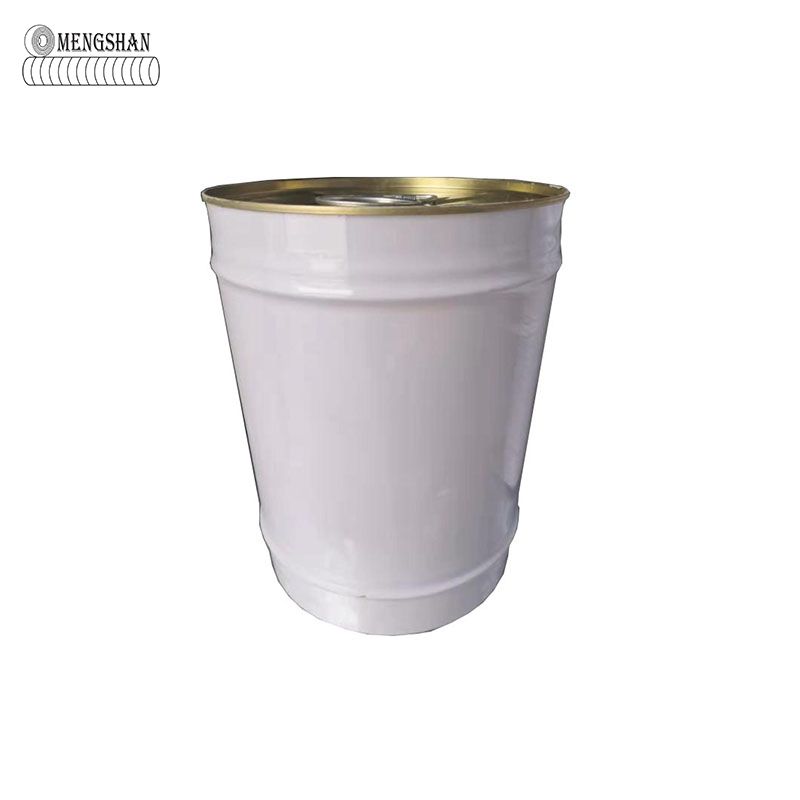Adhesive Tape vs. Liquid Adhesives
Adhesive materials play a crucial role in various applications, from everyday household tasks to industrial processes. Two common types of adhesives are adhesive tape and liquid adhesives. Each has its own set of advantages and disadvantages, making them suitable for different purposes. Let's compare adhesive tape and liquid adhesives in terms of their characteristics, uses, and pros and cons.
Adhesive Tape:
Characteristics:
Adhesive tape consists of a flexible backing material, such as paper, plastic, or fabric, coated with adhesive on one or both sides.
It is available in various widths, lengths, and types, including masking tape, duct tape, double-sided tape, and more.
Application typically involves simply sticking the tape onto surfaces.
Uses:
Adhesive tape is often used for bonding lightweight materials, sealing packages, bundling objects, and temporarily securing items.
It is a common choice for tasks that require quick and easy bonding without the mess associated with liquid adhesives.
Pros:
Convenient and easy to use.
No drying or curing time required.
Leaves no residue on removal in most cases.
Suitable for temporary or non-permanent applications.
Cons:
Limited bonding strength compared to liquid adhesives.
Not ideal for bonding heavy or load-bearing materials.
May not be suitable for extreme temperatures or outdoor use.

Liquid Adhesives:
Characteristics:
Liquid adhesives come in various forms, including glues, epoxies, and sealants.
They require application with a brush, nozzle, or spreader and typically need time to cure or dry.
Some liquid adhesives 1019 are designed to be flexible, while others provide rigid bonds.
Uses:
Liquid adhesives are versatile and can bond a wide range of materials, including wood, metal, plastic, glass, and ceramics.
They are suitable for both temporary and permanent applications, depending on the type of adhesive used.
Liquid adhesives can provide strong, durable bonds, making them ideal for structural applications.
Pros:
Offers excellent bonding strength.
Suitable for a wide variety of materials and applications.
Can provide long-lasting, permanent bonds.
Some types are resistant to heat, water, and other environmental factors.
Cons:
Longer drying or curing times can be required.
Application can be messier than using tape.
Some types of liquid adhesives may emit fumes or require proper ventilation.
In summary, the choice between adhesive tape and liquid adhesives depends on the specific requirements of the task at hand. Adhesive tape is quick and convenient for lightweight and non-permanent applications, while liquid adhesives offer superior bonding strength and versatility for a wide range of materials and situations. Selecting the right adhesive depends on factors such as bonding strength, durability, ease of use, and environmental conditions.
442
0
0


Comments
All Comments (0)